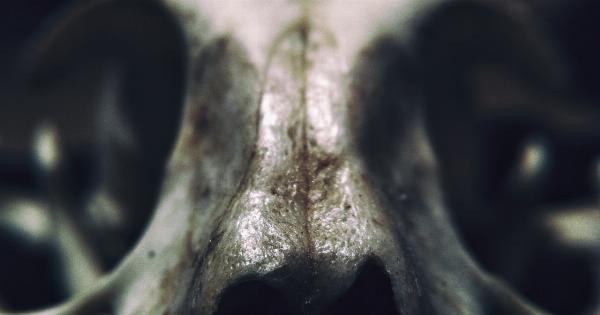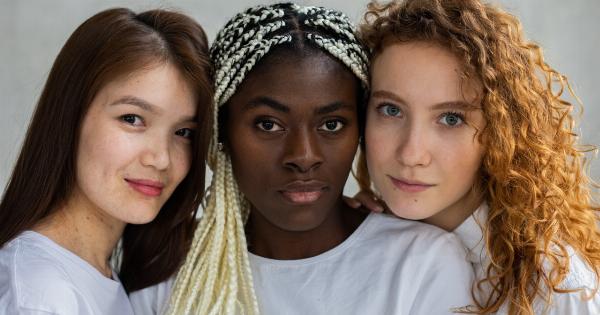Throughout history, men have shown a consistent fascination with women’s breasts. From art to advertisements, they have been consistently depicted as a symbol of femininity and allure.
But what is the science behind this phenomenon? Why are men so drawn to women’s breasts? In this article, we will explore the evolutionary, cultural, and biological factors that contribute to male attraction to women’s breasts.
Evolutionary Reasons
Evolutionary biology provides some compelling explanations for why men are attracted to women’s breasts. From an evolutionary perspective, breasts represent a sign of reproductive potential and fertility.
Men are naturally drawn to physical traits that indicate a woman’s ability to bear and nurture offspring successfully. Developed breasts, rich in fatty tissues, are a visible indicator of a woman’s ability to provide sustenance to her children.
Additionally, throughout history, breasts have also been associated with successful breastfeeding and child rearing.
Men may be subconsciously wired to find women with well-developed breasts more attractive as it signifies the potential to successfully nourish and raise healthy offspring. This innate preference could have been shaped over thousands of years of evolution, optimizing reproductive success.
Cultural Influences
While evolutionary biology lays the foundation, cultural influences play a significant role in shaping what individuals find attractive. Society often dictates beauty standards, and breasts have been portrayed as a symbol of femininity and sensuality.
In many cultures, larger breasts have been associated with greater attractiveness. Art, media, and societal norms all contribute to shaping individual preferences and desires.
Furthermore, cultural taboos and restrictions surrounding breasts can amplify their appeal. When something is hidden or deemed “forbidden,” it can intensify fascination.
In societies where breasts are typically concealed or reserved for private settings, the allure and curiosity surrounding them increases. This cultural taboo may further contribute to the male attraction towards breasts.
Biological Factors
Biological factors, such as hormonal influences, also play a role in male attraction to women’s breasts. Hormones like testosterone and estrogen affect both physical and psychological aspects of sexual attraction.
Testosterone, predominantly found in males, influences sexual desire and can heighten sensitivity to visual cues of attractiveness.
Research suggests that when men view images of female breasts, the brain’s reward center is activated, releasing dopamine, a neurotransmitter associated with pleasure and arousal.
This suggests a biological basis for the positive response men have towards breasts. This physiological reaction can reinforce the attraction and contribute to the enduring fascination with women’s breasts.
Attractiveness and Sexual Selection
The human preference for breasts can also be viewed through the lens of sexual selection. According to this theory, individuals with specific traits that are considered attractive have a higher chance of passing on their genes.
The preference for breasts may have evolved because those men who found larger breasts appealing were more likely to select female partners with this trait, resulting in greater reproductive success.
This preference for breasts may also contribute to the shaping of female breasts over time.
As men exhibit a stronger preference for larger breasts, women may feel societal pressure to conform to these ideals, leading to an increase in the average breast size. This interaction between male preferences and female characteristics continues to fuel the fascination and attraction towards women’s breasts.
Conclusion
The science behind male attraction to women’s breasts encompasses a range of evolutionary, cultural, and biological factors.
From an evolutionary perspective, breasts symbolize reproductive potential and nourishment, making them an attractive trait for men seeking partners. Cultural influences shape beauty ideals and reinforce the allure of breasts. Biological factors, such as hormonal influences and brain responses to visual cues, further magnify the attraction.
Ultimately, the preference for breasts plays into the broader concept of sexual selection, impacting both individual preferences and the physical characteristics of women. The fascination and attraction towards women’s breasts, while complex, continue to captivate and intrigue male perception of female attractiveness.






























